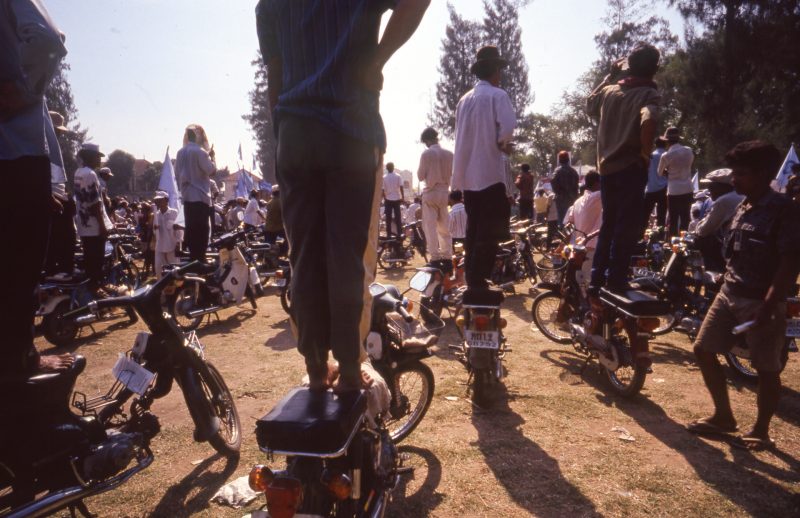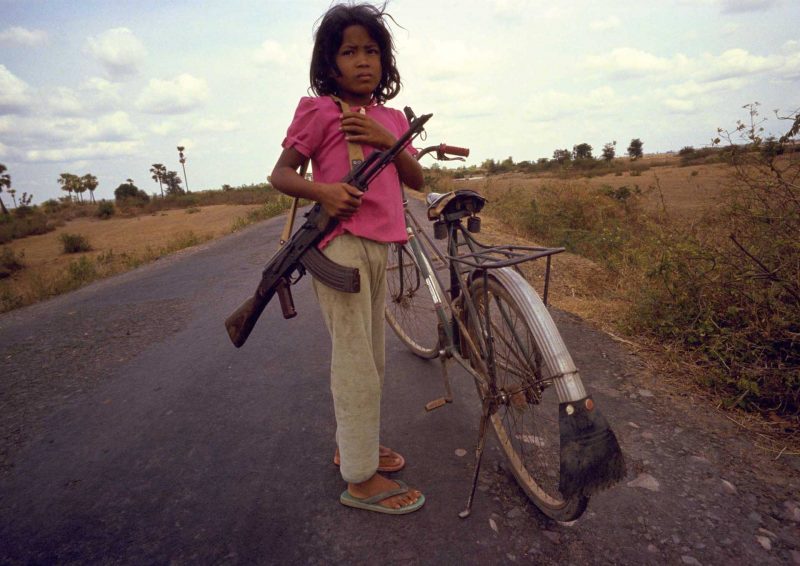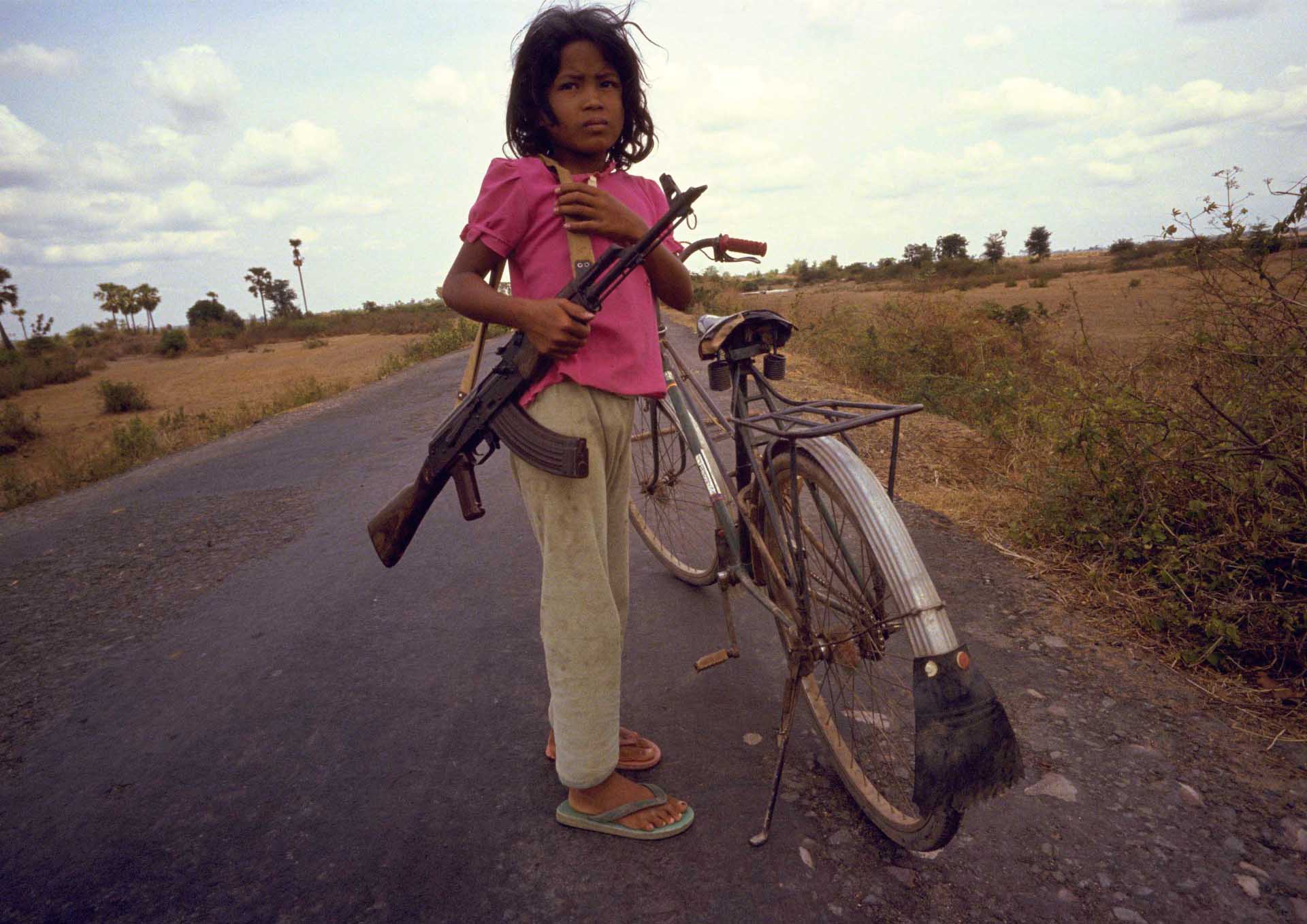Tim Page, a famed British photojournalist who made his name covering the Vietnam War, knows more than most Westerners about Cambodia’s transformation over the past few decades.
Now 72 and based in Brisbane, Australia, Mr. Page has visited the country more than 50 times since 1964. Yet for him, the years when the U.N. Transitional Authority in Cambodia was here to deliver fair and free elections between 1990 and 1993 are still what resonate most.

For the first time since the Khmer Rouge took power, the atmosphere “was very euphoric,” he said in a telephone interview on Wednesday. “You could go virtually anywhere in the country—not without difficulty, of course—and it was the first time that roads were open; markets were full.”
Mr. Page described a time when “capitalism had won” and “Nokia and Honda were the main gods” after humanitarian workers, repatriated Cambodians and tourists began flooding in. The prospect of democracy, he said, gave the Cambodian people—most of whom were survivors of a brutal dictatorship—a heady rush.
“They came in and voted and defied the Khmer Rouge,” who had spouted an unsuccessful propaganda campaign against the elections, he said. “People wanted a Honda, they wanted a Nokia. If you offer people that, why live in a minefield or a cave?”
“Reasonably peaceful conditions and work—they’d rather that than slave labor,” he added.

Many Cambodians had experienced massive social and political upheaval more than once in their lifetimes, and had lost many loved ones along the way, but, according to Mr. Page, their capacity to persevere was proven by their very presence.
Aiming to offer a reminder of this is “Resilience,” a photography exhibition in Phnom Penh timed to coincide with the 25th anniversary of the Paris Peace Agreements, which were signed in October 1991 by Cambodia’s main armed factions. The deal effectively ended the civil war, though some Khmer Rouge units would hold out for another few years.
After opening in Siem Reap last month, the exhibit arrived at the Foreign Correspondents Club on Thursday night, where the crowd heard from Australian Ambassador Angela Corcoran, who was in Cambodia working with the U.N. Development Program between 1993 and 1994.
“To be here during such an important time in Cambodia’s modern history was amazing, and as my first overseas assignment Cambodia has always held a special place in my memories,” she said in an email on Thursday.

“Observing voting in the election was a highlight, as was developing retraining and income-generation programs for demobilized soldiers and women heads of households, then seeing those programs implemented and making a difference.”
Ms. Corcoran said exhibitions like “Resilience” offered a chance to reflect on how far Cambodia has come since the Paris Peace Agreements. They are also “a poignant reminder of the role photographers play in documenting some of the most important and dynamic periods in our history, as well as issues of key importance to the international community.”
For photojournalist George Nickels, and his employers at the E.U. and The Guardian, some of those issues include human trafficking, which he has been documenting since 2014, and also is exhibiting in “Resilience.”
Mr. Nickels, 34, who is also originally from the U.K. but has been based in Siem Reap for the past five years, photographs and interviews trafficking victims who have been kidnapped and forced into slave labor after being lured into neighboring countries such as Thailand under the guise of relatively well-paid work.
He said the stories of their time in captivity have shocked him. “It’s so powerful to see what these people go through—and that they keep going,” he said, adding that some survivors who were held on fishing vessels were often forced to witness executions by their captors.

Other photographs Mr. Nickels has in the exhibit are from the 2014 Thai military coup, which sparked a mass exodus of 250,000 Cambodian migrant workers returning home.
“That opened my eyes—why were there so many people leaving Thailand? I looked into it more and found it was far bigger than I had ever thought,” he said.
One image on display is of a little girl, about 5 years old, preparing to board a bus at the border with Cambodia. Her family, displaced by a railroad construction project, had decided to search for work in Thailand—only to be hauled into Thai military trucks.
Displacement and lack of work is a common story in Cambodia, but still, Mr. Page said, the inhabitants have proven their strength time and time again.
“They’ve been hanging in there so bloody long,” he said. “I can’t think of another nation that has had to keep starting over again and again somehow.”
Resilience
When Through January 31
Where FCC, #363 Sisowath Quay, Phnom Penh




